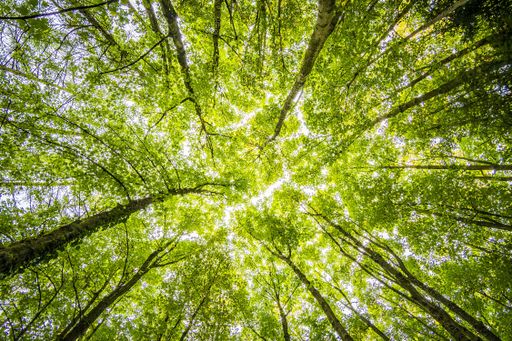Why an ancient lake that reemerged at Death Valley National Park will stick around
An ancient lake that reemerged at Death Valley National Park last year will stick around for longer than initially expected now that several rounds of extreme rain have poured through Southern California, according to officials.

Lake Reemerges at Death Valley National Park
Death Valley's famed Badwater Basin began filling up with water in August due to heavy precipitation from Hurricane Hilary, which prompted the first tropical storm watch in California state history, Abby Wines, park ranger at Death Valley National Park, told ABC News last month.
Park rangers initially estimated that the water filling up several inches in the basin where the Ice Age-era Lake Manly once stood would only last until February. But storm systems fueled with potent atmospheric rivers in recent weeks has expanded the lake once again, satellite images released by NASA show.
Much of the precipitation occurred between Feb. 4 and Feb. 7, when 1.5 inches of water fell in the park, according to a statement released by the National Park Service on Friday. The series of satellite images shows how the lake expanded from virtually no water on July 5 to being filled with water from August through February.
Uncertainty Surrounding the Lake's Duration
At this point, park rangers are uncertain how long the lake will last. Another round of atmospheric rivers are forecast for the region on Monday through Wednesday.
Currently, at about 6 miles long, 3 miles wide and 1 foot deep, the temporary lake in Badwater Basin is deep enough to kayak in, a 'rare opportunity,' Wines said in a statement on Friday.
It was deep enough to kayak in August as well, but visitors were not able to partake because the park remained closed until October, in which the temporary lake had already reduced by several inches, according to the NPS.
The Rarity of a Filled Lake in Death Valley
Badwater Basin is known for its place at the lowest elevation in North America, at 282 below sea level. The basin, normally a saltwater flat, is endorheic, meaning that water flows into but not out of it.
The last time the lake filled up was in 2005. Back then, it took about a week after it formed to dry up and had not filled up, Wines said.
The evaporation rate in the desert, combined normally low amounts of precipitation, typically do not allow water to collect in the basin for long.

